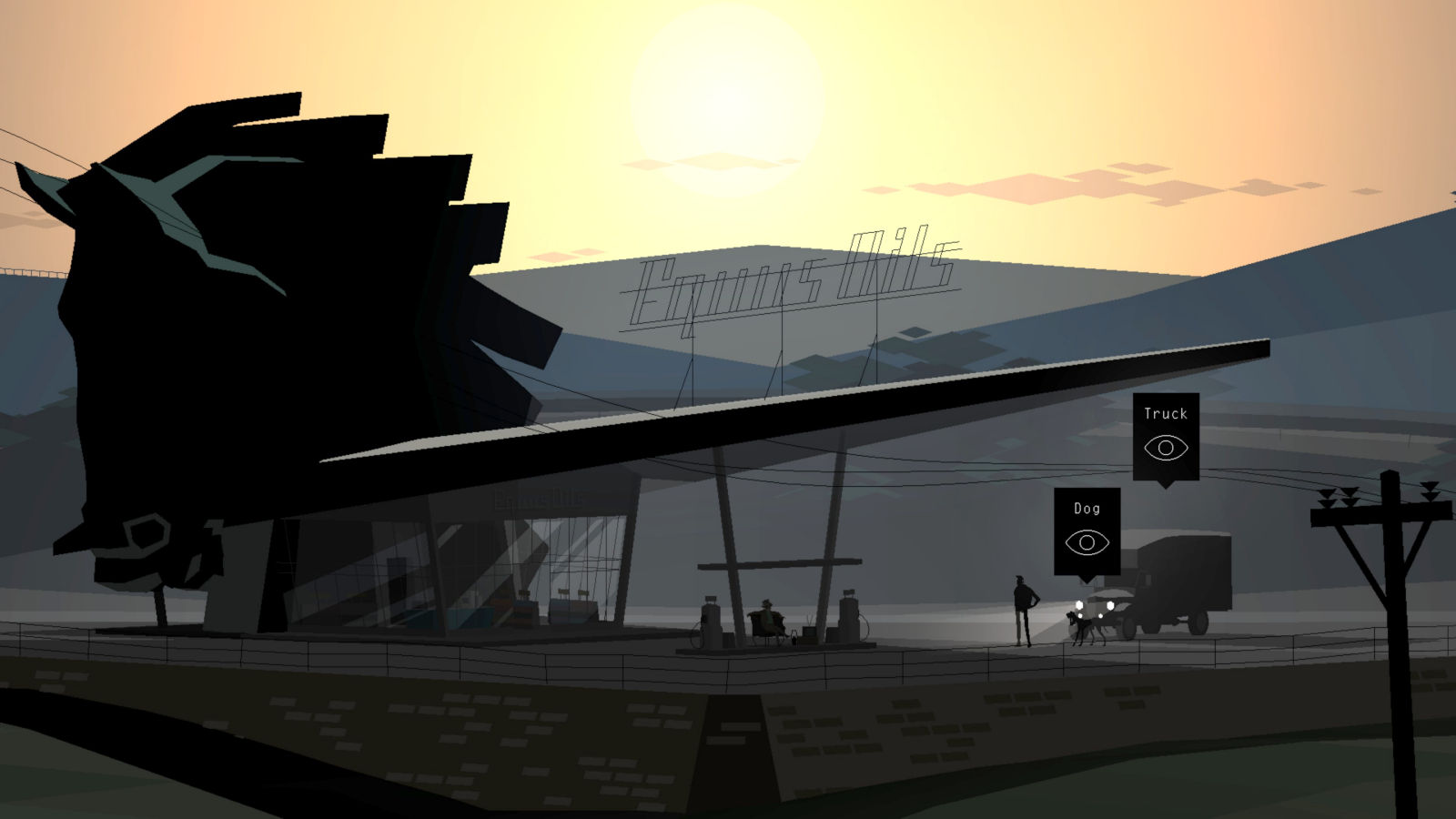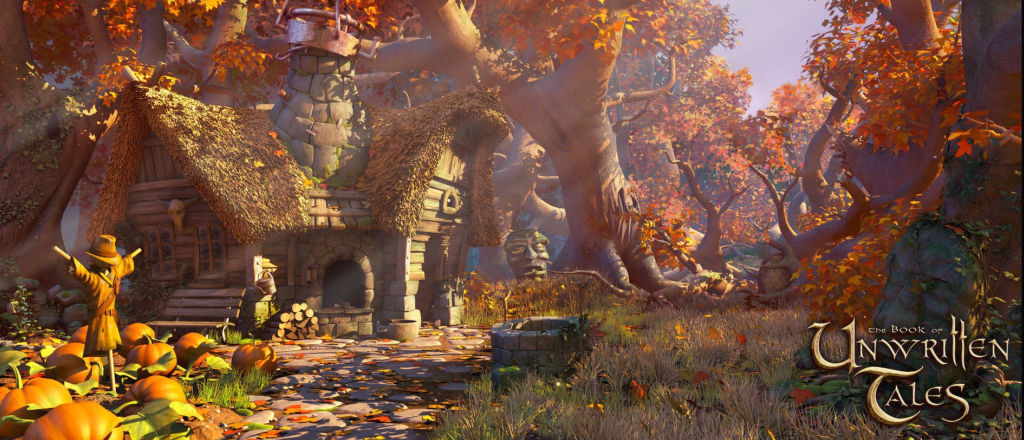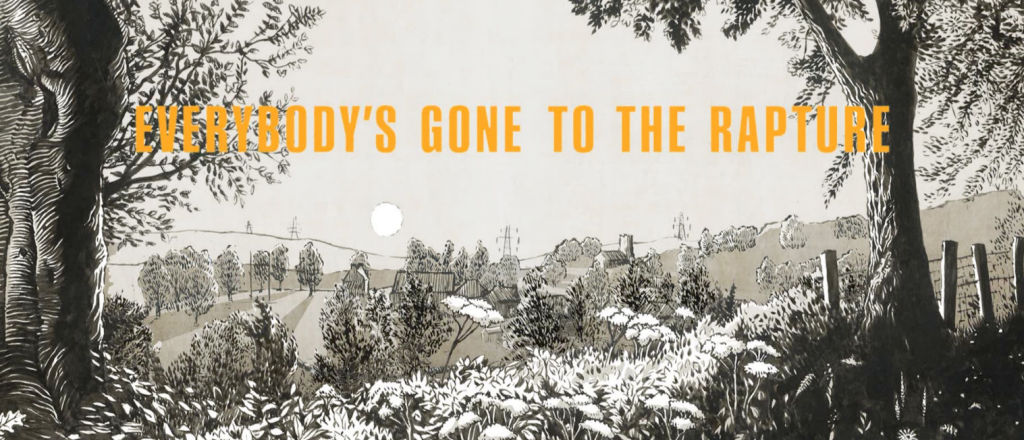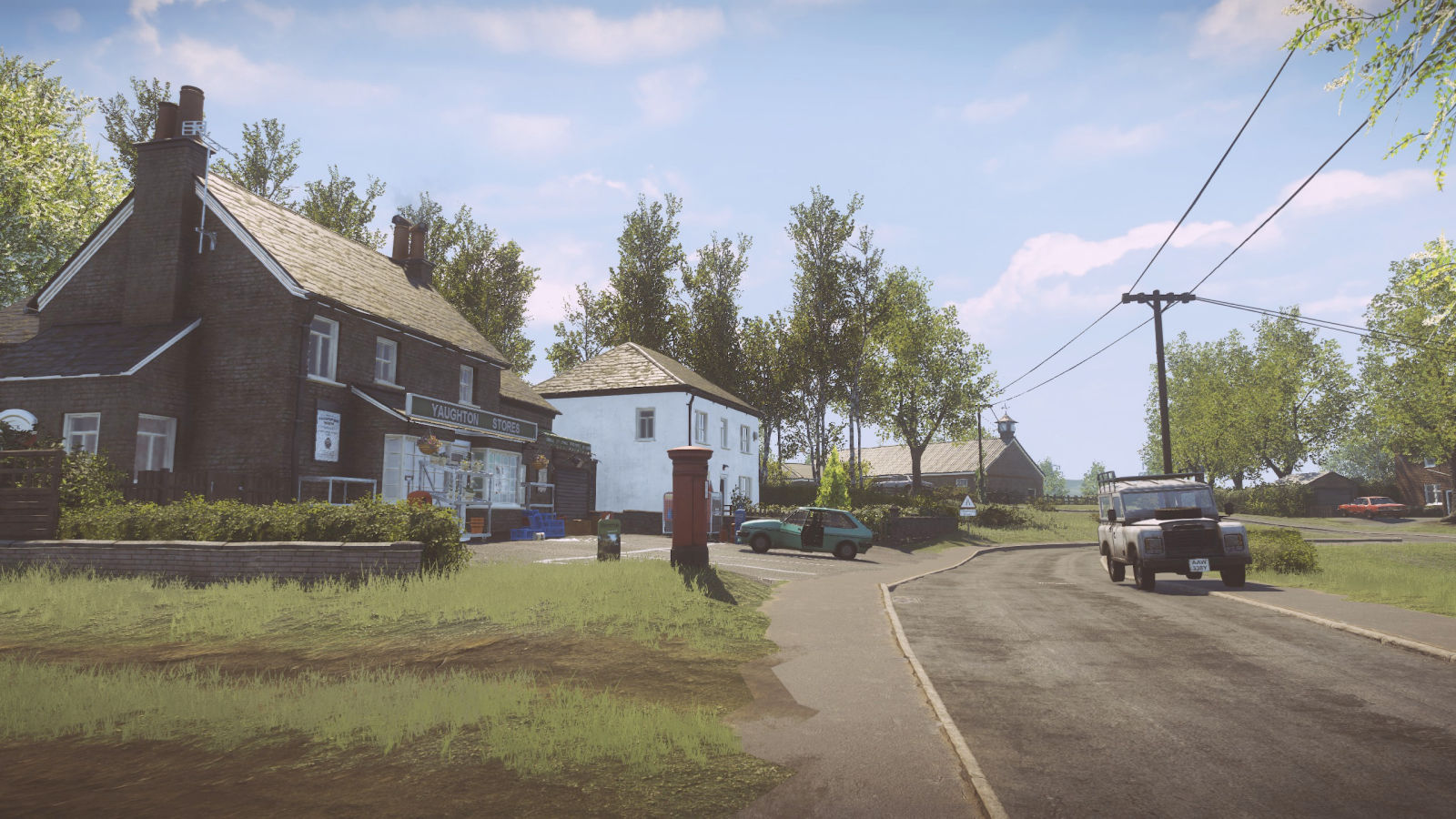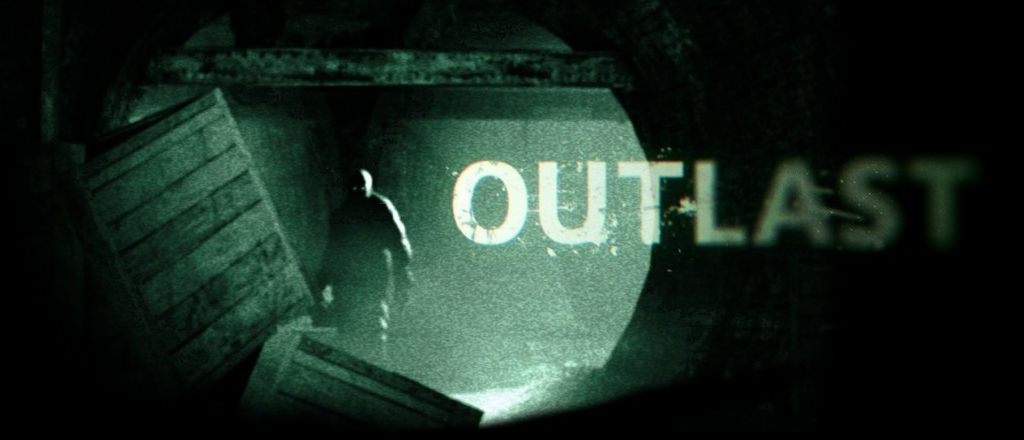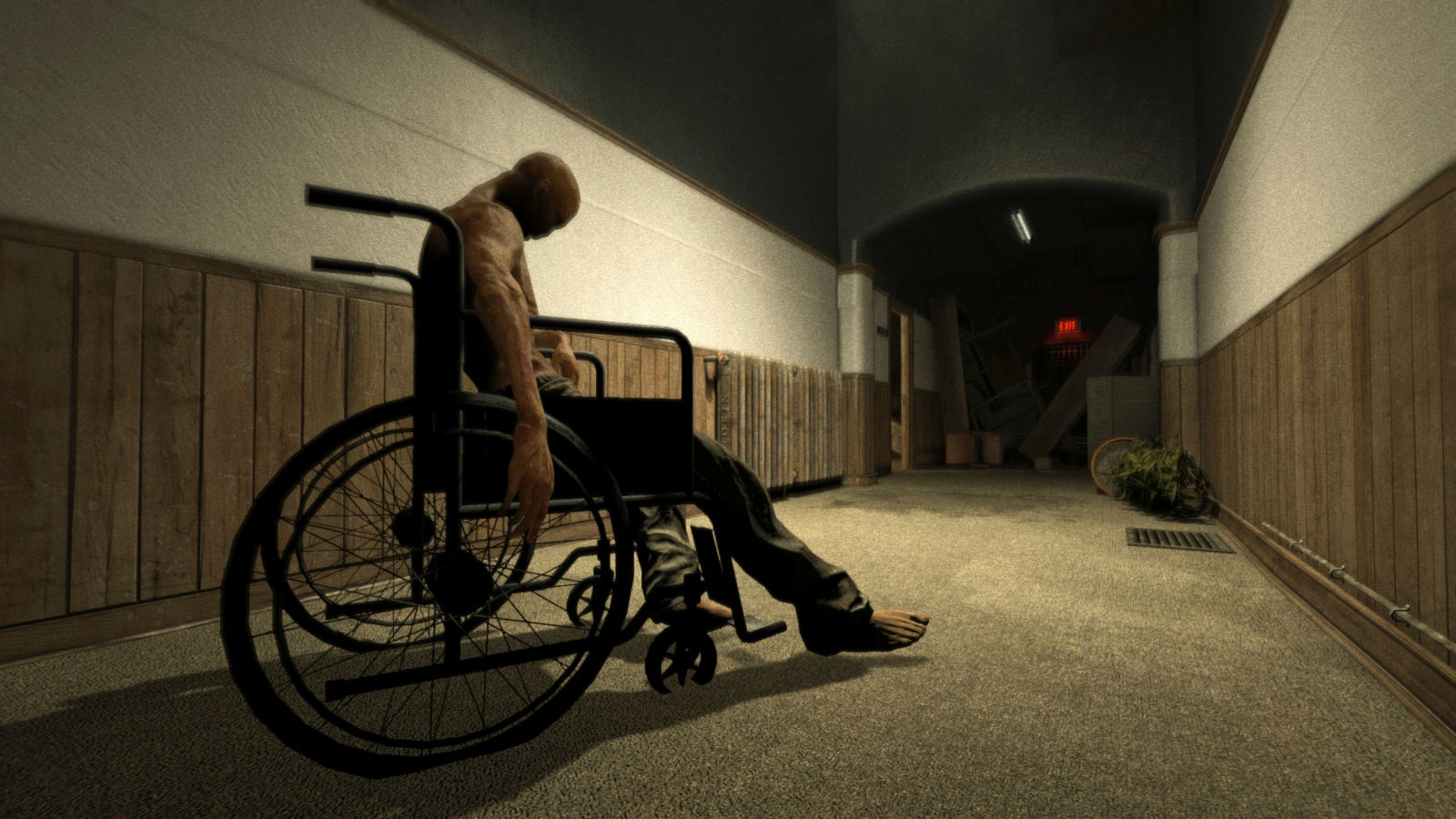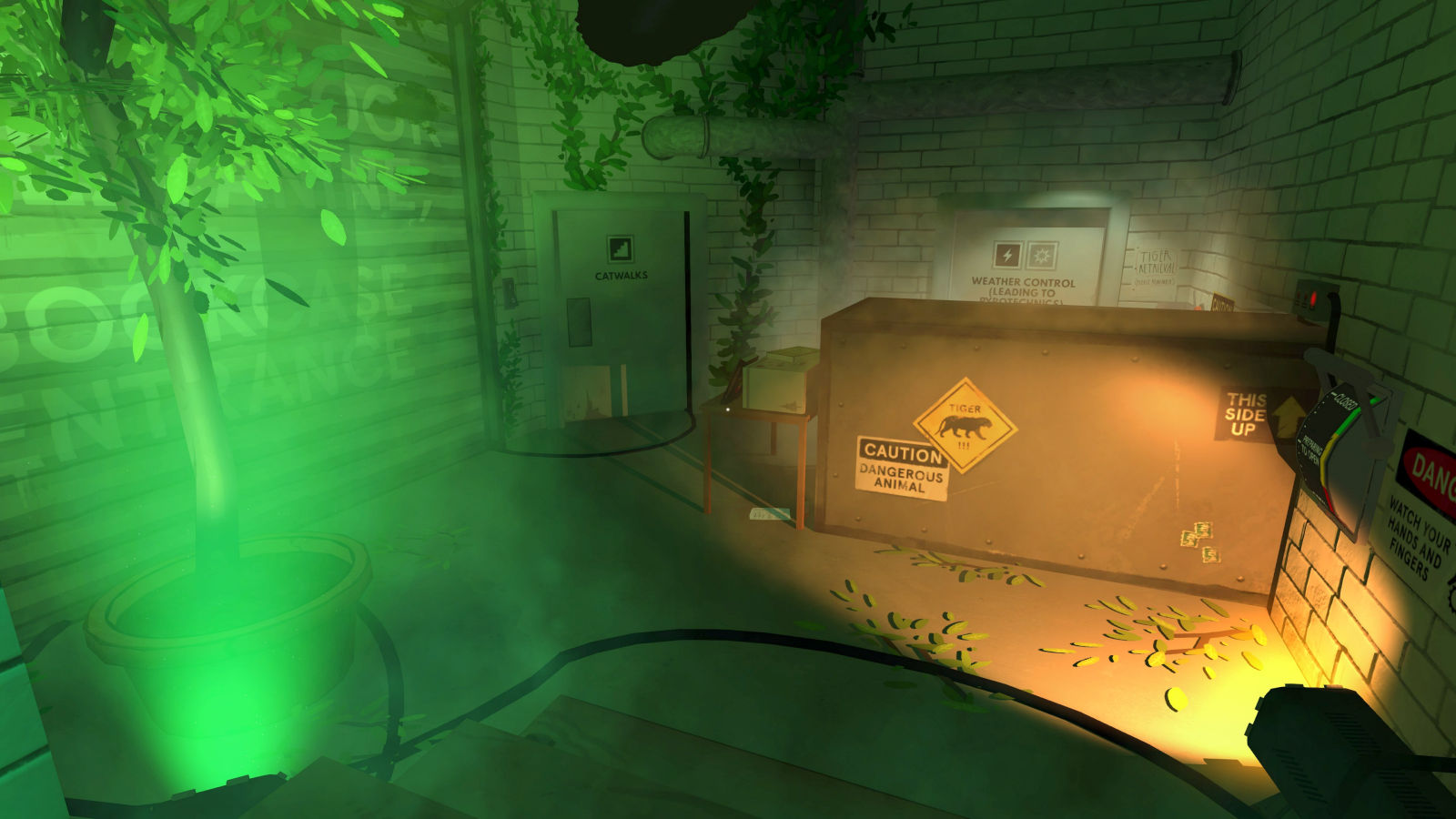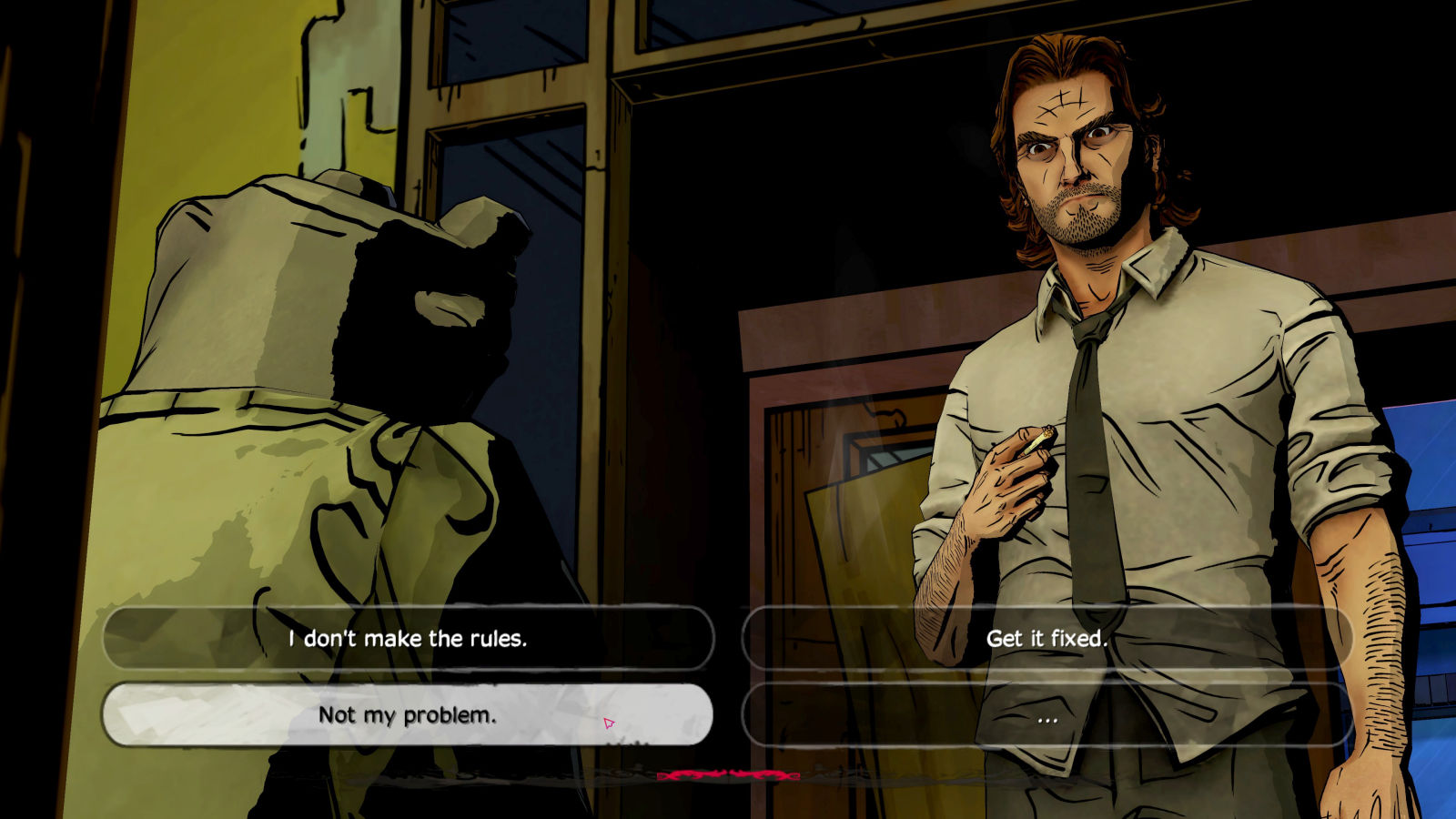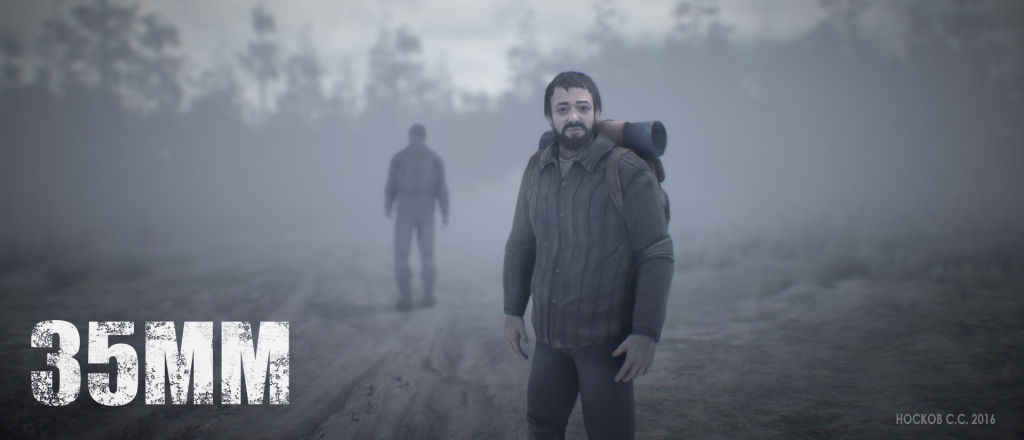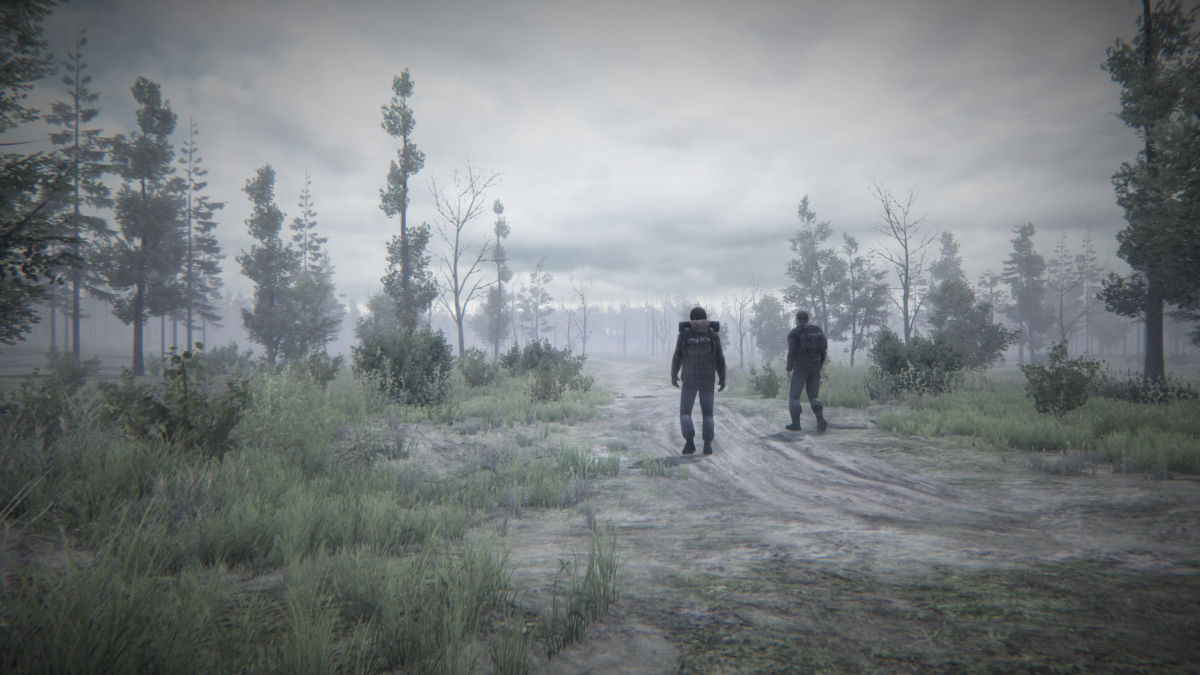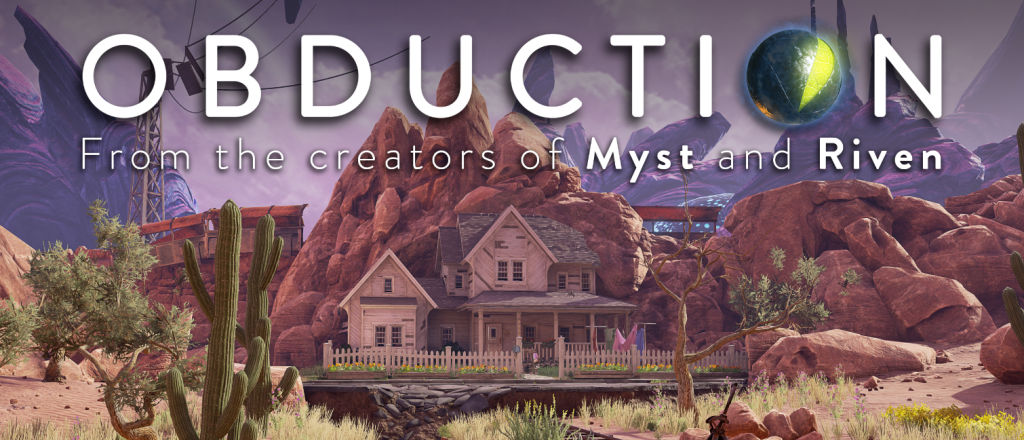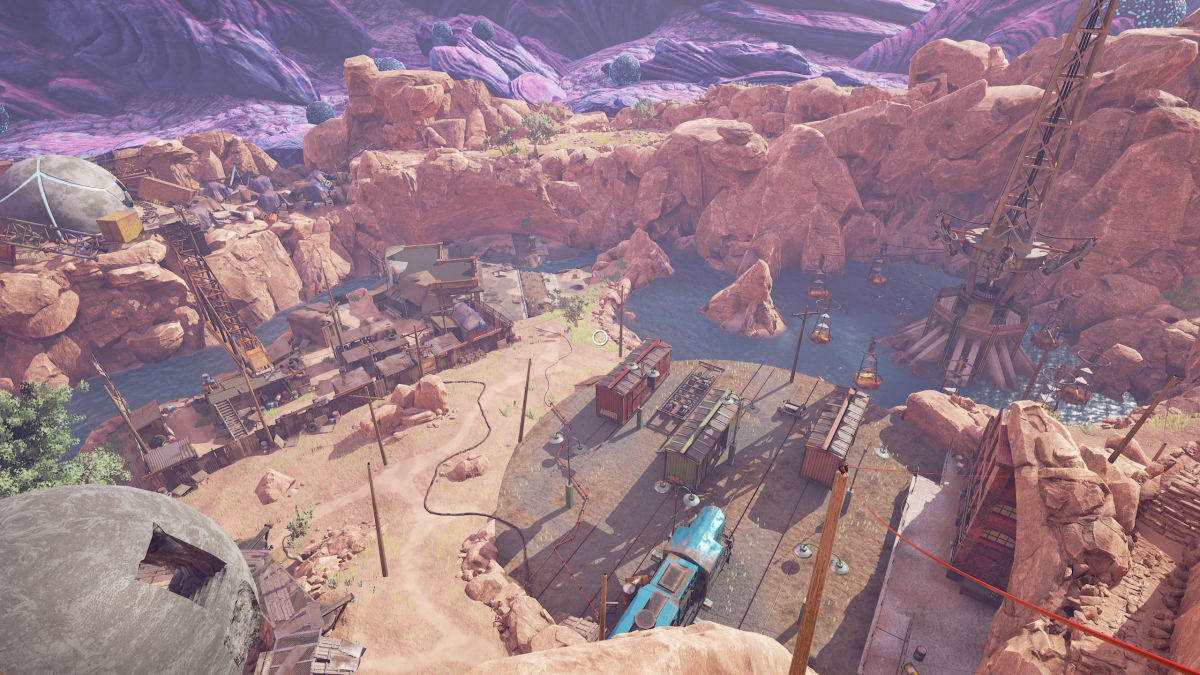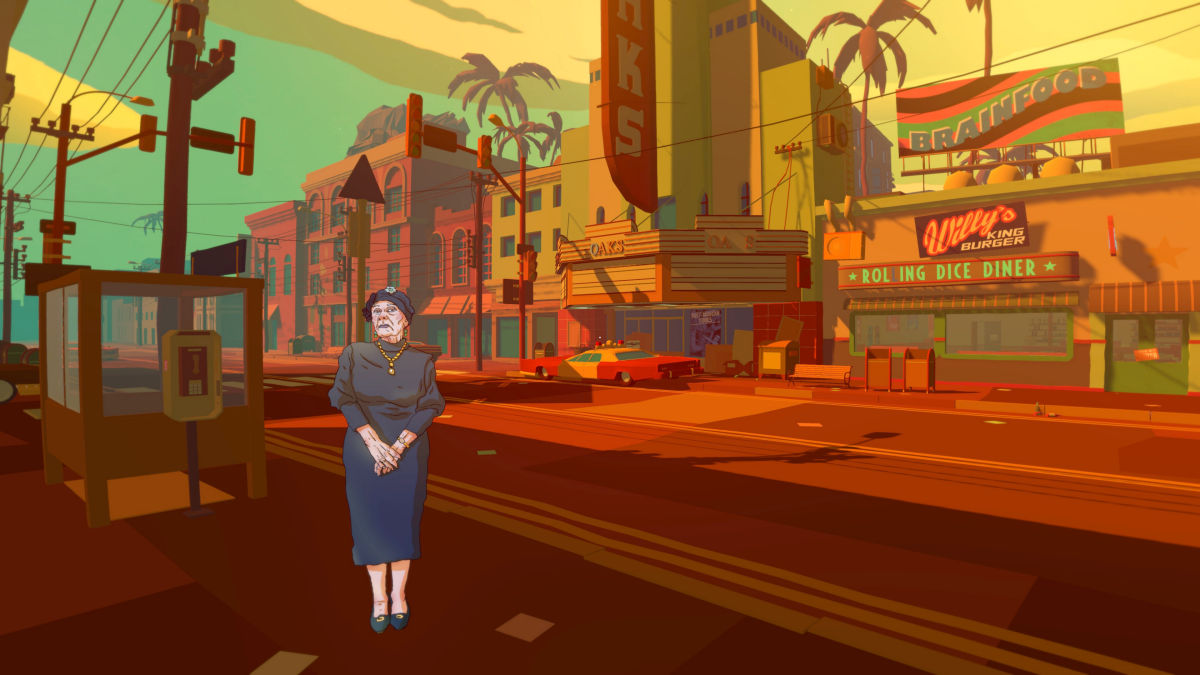Read more “INFRA”Developer: Loiste Interactive | Released: 2016 | Genre: Adventure, First Person
This was an excellent first person adventure game exploring various industrial environments such as e.g. water plants, dam, power plants, factories, etc. As a hard hat structural analyst with a funny accent, I had to take photos of everything that needed to be repaired. Various puzzles (typically electrical in nature) had to be solved to open doors and gain access to the later parts of the locations.
The game had three acts and was enormous. I understand that there was only one act to begin with, and the two other acts were added in sort of an episodic manner. The end result has more than 40 maps made in the Source engine (the same that powered Half-Life 2) and each of them are really big. It took me almost 30 hours to get through the entire game. But it was exquisite almost all the way. The factories and plants were well put together and felt realistic – it wasn’t just random pipes and wires going wherever.
Probably the only thing that annoyed me at first was having to find batteries to replenish my phone camera and my flashlight. Especially in the first area inside a dam I was often running out and had to rummage all drawers and meticulously search control rooms for more batteries. Luckily my supplies eventually got stocked up as the maps went by, although there was a cap of ten packs for each type.

The level design of the game was a mix of open and linear. Each map was a contained area typically with a lot of locked doors. Some had to be opened by finding access cards, keys, or some cute passage around. At one point enough of the facility opened up to offer access to a lot of halls, control rooms, offices, corridors, and staircases. Some maps opened up ever so slightly bit by bit, while others offered almost the entire factory after a door or two. Apart from taking snapshots, some larger machinery often had to be fixed and turned on. It could be getting the water flowing in a plant or moving a big cradle inside a steel factory. But sometimes it also felt like I left incompletely fixed machinery behind as I found a way to the next map.
In fact, optional puzzles and passages were not uncommon in this game. An example of this was a corridor with electricity leading into the shallow water on the floor. Stepping in this would kill me. I had to arrange crates to walk on in order to reach a switch further down, but I could also just walk back to the opposite end, climb up to a roof grating, and then crawl and drop down near the same switch.
These choices were part of what made the game feel so well engineered.
